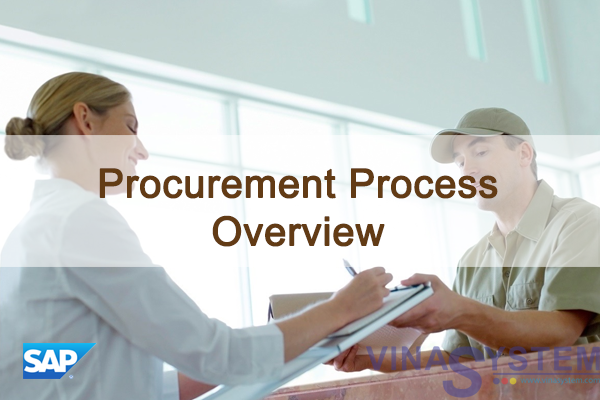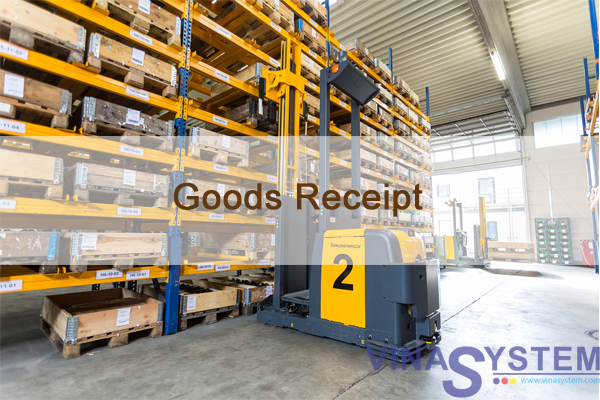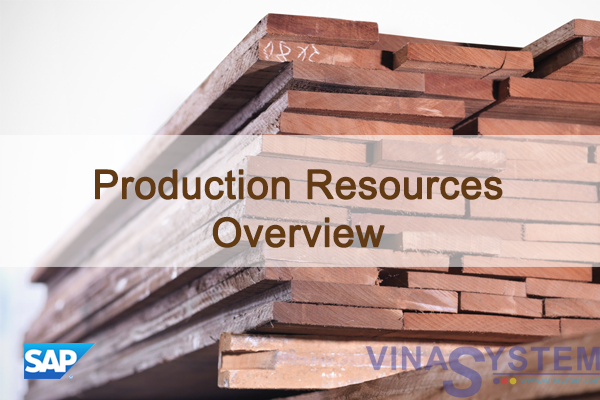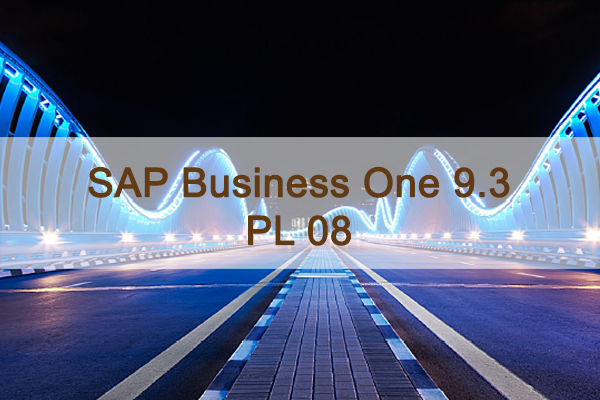
Tài liệu quy trình mua hàng trong SAP Business One - Purchase Process
At the end of this topic, you will be able to:
- List the basic process steps for procurement
- Use a streamlined procurement process
Imagine that your company purchases items from external vendors. Normally you use the full procurement process.
However, sometimes, you need items right away. You submit your order by phone and the vendor the delivers the items immediately. For the expedited process you do not use the full purchasing process, instead you use just one purchasing document to keep the process as simple and quick as possible.
I/ Procurement Process Overview

- Purchasing is not just about ordering and paying for pencils and paper clips. Rather, purchasing is the process of ensuring that a steady stream of required materials is on the way to your company when and where you need them. As a fully integrated, end-to-end business management application, SAP Business One helps you run the purchasing process, starting with the purchase order and continuing with the rest of the purchasing documents. SAP Business One automatically captures information at each step so you always know what is on hand in inventory as well as the up-to-the-minute financial state of your business. The real-time view helps you identify potential shortages before they happen. Precise historical information keeps track of which vendors come through for you consistently.
- The graphic shows the basic four-part process of ordering, receiving, and paying for goods or services.
II/ Purchasing Items: Process Overview

The purchase order (PO) is the document you provide to the vendor specifying the items or services you want to purchase, including agreed-to quantities and prices. It represents your commitment to the vendor to purchase the items.

The goods receipt PO is the document that denotes the delivery of goods from a vendor to a company. It is used to update the inventory quantities and values.

The A/P invoice (or A/P voucher) is the document into which accounts payable enters the vendor’s invoice information to request a payment be made to the vendor.

The outgoing payment is the document which initiates a payment to the vendor account. There are, generally speaking, four ways of sending outgoing payments: cash, checks, credit cards, and bank transfers. There are also some additional country-specific payment methods. In SAP Business One, the functionality and reporting associated with processing payments are accessed through the banking module.
III/ Key Master Data in Purchasing:
1/ Vendor

- Now let us look at key master data information needed for the purchase order. The first required piece of master data is the vendor.
- The vendor is one of the three types of business partner master data maintained in SAP Business One. Vendor data identifies who is supplying the goods and services.
- You use vendor master records in all purchasing transactions. The vendor is also used in automatic and manual financial procurement transactions.
- The vendor master contains: contact person details, addresses, payment means, and other accounting information.
- You can search for the appropriate vendor in any purchasing document. If you are authorized, you can also enter new vendor information while creating a purchasing document.
2/ Item
- Another key piece of master data in the purchasing process is item master data. Item master data identifies what is being purchased.
- Frequently the same items are purchased, inventoried, and sold. The information is the same; it is just used differently. This is the advantage of using an item master record which can be copied into any document in the purchasing, sales, production, MRP, inventory, and service modules.
- The header of the item master data record contains general information about the item, including a unique ID number assigned by the user, a description (including a description in a foreign language), and settings to determine the type of the item, the group it belongs to, the price in the selected price list. Checkboxes on the right indicate whether the item is kept in inventory and whether it is offered for sale or purchase (in many cases both apply).
- The General tab of the Item Master Data window holds information about the manufacturer of the item, additional identifiers, shipping methods, and issue method.
- The Purchasing Data tab indicates the usual vendors who sell the item, how to identify the item in a catalog, the units of measurement used for the item for purchasing purposes, and the dimensions of the physical item. Information is also available on taxes and on customs groups for imported information. For items with a purchasing history, you can click on the chart icon on the left of the tab to display a graphical purchase analysis.
IV/ Inventory and Accounting Effects

- Now let us take a look at the procurement process and its effect on inventory and accounting.
- When a purchase order is created, there are no postings in inventory and accounting.
- The first posting will be made when a goods receipt PO is entered. The GRPO creates a journal entry that posts the value of the received goods to the debit side of the stock account and to the credit side of an allocation cost account.
- The stock account and the allocation cost account are retrieved from the Inventory Account field and the Allocation Account field on the Inventory Data tab of the item master record.
- The allocation cost account is a transfer account used to check if goods receipt POs and the A/P invoices match.
- The allocation account’s total balance represents the value of all open goods receipts POs that are not yet copied to an A/P invoice.
- Later, when the A/P invoice is posted, the goods receipt PO is closed.
- At that point, the A/P invoice creates a journal entry that posts the invoiced amount to the debit side of the allocation costs account and to the credit side of the vendor account.
- In this way, the amount in the Allocation Cost account from the goods receipt PO is cleared and the system records the amount owed to the vendor.
V/ Streamlined Procurement Process

Sometimes, you may need to streamline, or simplify, the purchasing process to make it more efficient. Perhaps you need to get an item immediately. So you call the vendor and ask them to deliver the item today. Because of the hurry, you skip the purchase order.
When the item is delivered, the vendor invoice is also delivered.
So rather than creating a goods receipt PO, you enter an A/P invoice to process both the receipt of the items into inventory and the obligation to pay the vendor.
In this case, when you directly post the A/P invoice without first creating a goods receipt PO, the postings to the allocation costs account are omitted. The posting debits the stock account to show the increase in inventory and credits the vendor account to show the need to pay the vendor.
Because an A/P invoice that does not reference a goods receipt PO will increase inventory, it is important to make sure there is no prior goods receipt if you create an A/P invoice without reference.
V/ Summary
Here are some key points:
- The four basic steps of the procurement process are: the purchase order, the goods receipt PO, the A/P invoice and the outgoing payment.
- Two key types of master data in purchasing are vendor master data and item master data.
- In a streamlined purchasing process, the only mandatory document is the A/P invoice.
- The A/P invoice is designed to increase inventory when the invoice does not reference a goods receipt PO as a base document.






